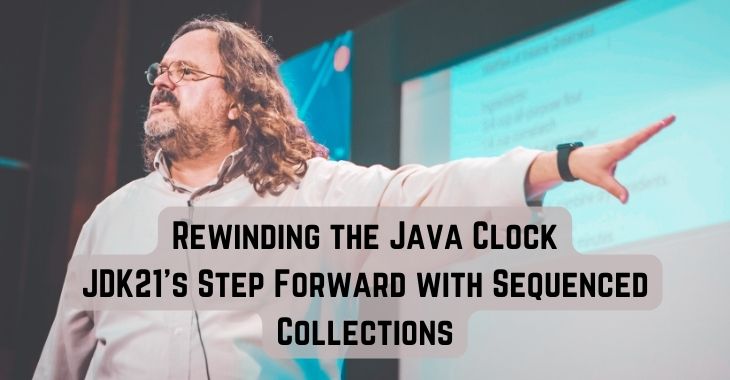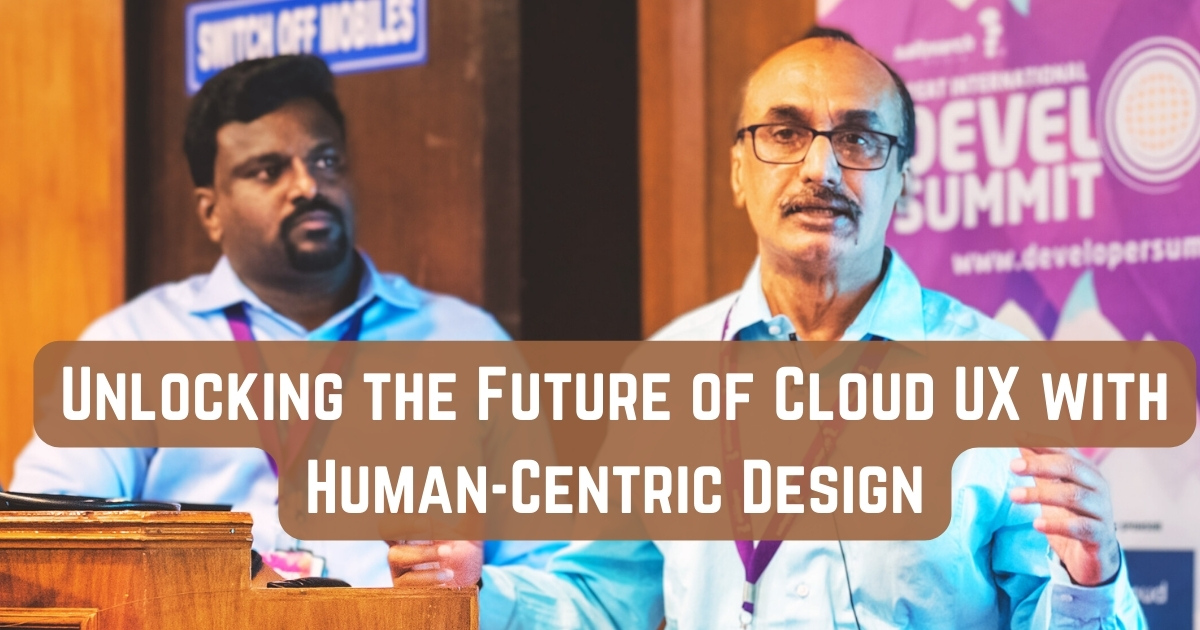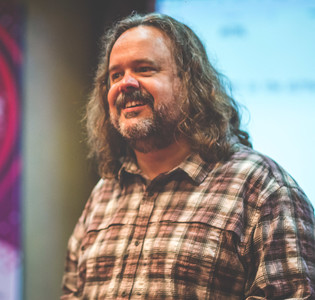This article provides an in-depth exploration of the evolution of collections in Java, particularly focusing on the significant updates in JDK21 with the introduction of sequenced collections. It navigates the reader through the nuances of this new feature, which promises to deliver a more refined and efficient approach to handling collections with a defined order.
The reader will learn about the history of collections in Java, the ideas that led to the birth of sequenced collections, and how these collections stand to revolutionize Java programming. It delves into the technical specifics, explaining the new interfaces, their method signatures, and potential risks, all while maintaining a strong narrative that keeps the reader engaged.
By reading this article, the reader will not only gain knowledge about this exciting development in Java but will also appreciate the process of software evolution – how we leverage past experiences and learning to make improvements and innovate for the future.
The Kierkegaard Connection: Looking Back to Move Forward
"Life can only be understood backwards; but it must be lived forwards." Kierkegaard's time-honored words echo poignantly in the labyrinthine world of Java development. As we scrutinize the past, we discern the stepping stones for future evolution. Today, we journey through the history of Java collections and take a sneak peek at JDK21's revolutionary sequenced collections.
The Sequenced Collections Conundrum
Collections in Java have been a long-standing topic of debate and constant improvement. Born from a need for stronger organization and order, JDK21 introduces sequenced collections, redefining our traditional understanding of collections.
This proposed evolution of collections in Java includes sequenced collections, sets, and maps, each with a defined encounter order and operational versatility. These interfaces are retrofitted into the existing collections type hierarchy, with all new methods boasting default implementations.
A Stroll Through History: The Precursors of JDK21
This leap into the future has its roots deeply embedded in the past. Stemming from the 2021 ReversibleCollections proposal and Tagir Valeev's 2020 OrderedMap/OrderedSet proposal, this current avatar has evolved, preserving core concepts but altering intricate details.
Earlier solutions like LinkedHashSet and LinkedHashMap, introduced in Java 1.4, aimed to bridge the gap in these needs. However, they left room for improvement, leaving a void that JDK21's sequenced collections aim to fill.
The Sequenced Collections Approach: Meeting in the Middle
JDK21 attempts to remedy the gaps by introducing new interfaces: SequencedCollection, SequencedSet, and SequencedMap. These entities possess unique attributes, including maintaining the order of elements and providing a reverse-ordered view of the original collection.
The innovations don't stop there. Sequenced collections come packed with features for adding, getting, and removing elements at both ends, thus offering operational flexibility previously unseen in Java's collections framework.
Potential Pitfalls: Treading Carefully
As with any software development endeavor, potential risks lurk in the shadows. One significant concern is the introduction of new methods high in the inheritance hierarchy, creating a potential clash over commonplace method names such as reversed() and getFirst(). JDK21 has addressed this issue with careful planning, including the use of covariant overrides and special handling for incompatible classes.
The Future of Java Collections: Living Forward
In the vein of Kierkegaard's philosophy, Java's sequenced collections represent a step into the future, guided by an understanding of the past. It marks a crucial evolutionary step, one that has the potential to change how developers interact with collections in Java.
JDK21's sequenced collections prove that sometimes, to move forward, we must first look back. The future of Java collections lies in reimagining the past, reshaping it to meet the challenges of the future, and above all, in the pursuit of continuous evolution. This change brings us one step closer to a Java collections framework that is as elegant and versatile as the language itself.
Stepping back and examining the historical tapestry of Java collections reveals the roadmap for moving forward. In this dance of coding, we realize that to create innovative and efficient solutions, sometimes we have to rewind the clock. So here's to the sequenced collections of JDK21, a leap into the future, built on the wisdom of the past.
Further Reading & Resources
- Java Collections Puzzlers by Maurice Naftalin And José Paumard: https://www.youtube.com/watch?v=w6hhjg_gt_M
- Dataframes, Collections, and Streams in Java by Donald Raab & Rustam Mehmandarov: https://www.youtube.com/watch?v=K2pR7Nr6LUI
- Sequenced Collections, Purity, and more at JavaOne by Nicolai Parlog: https://nipafx.dev/inside-java-newscast-31/
- Most Asked Java collection framework Interview questions and Answers Java 2022: https://www.youtube.com/watch?v=Q1FWyk6q5Fg
- Top Experts to follow on this subject: Stuart Marks, Brian Goetz
GIDS 2024 Bengaluru India (April 23-26)
Join us at the in-person Great International Developer Summit (GIDS) 2024 in Bengaluru, April 23-26, and take your software development and architecture, tech leadership skills to new heights. Mark your calendars for a week of Developer Awesomeness and prepare to choose from a schedule of 150+ cutting-edge tech talks, discover cutting-edge software development tools, frameworks and technologies & learn about the software engineering culture and tech stacks at play in some India’s most loved tech companies at GIDS 2024 expo.
Join 5,000+ of your peers from Front-end developers to Backend developers, software architects, cloud developers, AI engineers, ML engineers, Data engineers, Devops and DevSecOps professionals, tech leads and software engineering directors. Buy Tickets to reserve your spot at the 17th annual edition of #GIDS #DeveloperSummit.
Have questions or comments about this article? Reach out to us here.
Banner Image Credits: Scott Davis at Great International Developer Summit












